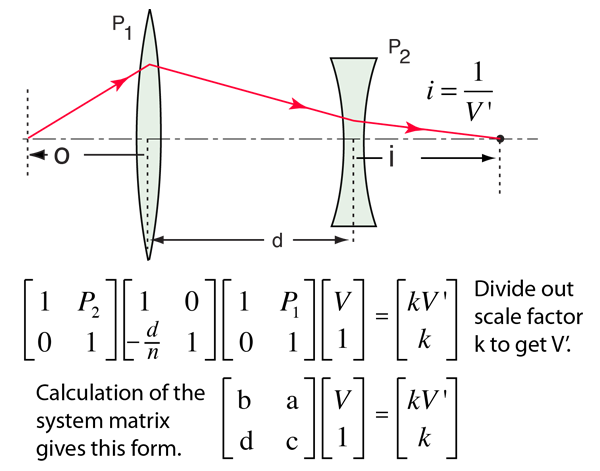

To access this sharing and problem solving, leaders need to reward cooperation and connections across their system. Complex dynamic, interdependent problems require perspective, data, and understanding across a broad network of people and contexts. The last element of an integrated, complex, leadership response is the presence of cooperation.


Without widespread testing and other early metrics, the absence of data in other countries has created weaker public health strategies and a much less effective response. Armed with this data, they have been able to curb the spread of the virus. They used social network data and contact tracing to see how infection would spread in their population. They tested widely to understand the extent of infection that existed in their country. South Korea is an example of a country that has used robust data to build their public health strategy around the coronavirus. In this way, data helps us not only make better decisions it improves the effectiveness of the entire system. An interdependent system requires data from the whole system to be shared and curated, so that everyone can access important information to drive individual, unique adaptations and innovations. Traditionally we’ve generated data that rests in parts of the system, without aggregating it for the whole system. Systems-based strategy and leadership is strengthened when critical data is generated and understood. Denmark’s response increases trust in the government that the strategy will optimize the health of the whole country now and in the future, as each Dane continues to support the economy with a guaranteed, continued salary. This helps the company retain their talent and gives employees the economic security to pay their bills and buy supplies they need while sheltering in place. Legislators in Denmark have passed a financial support bill that provides 90% of every employee’s salary to their employer for three months. This “either/or” thinking generates decisions that have negative consequences for other parts of the system and weakens the long-term resilience of our whole system.Īs an example of both/and thinking, Denmark has created an integrated response that not only supports public health by stopping the spread of the coronavirus it boosts economic resilience, and increases social capital. prioritizing the economy over the health of the population. In the pandemic, some politicians are creating a false choice i.e. For example, when we make decisions with the primary lens of profit, there are other parts of our system, like the environment that are damaged by this focus.

When we are dealing with a complex, interdependent, dynamic problem, the only way to build long-term resilience is to focus on strategies that optimize the whole system. Here are three simple systems lenses through which we can more accurately view – and evaluate – the different types of leadership responding to this crisis. This never-before-seen dynamic requires us to use a systemic approach and engage in complex decision- making. All these systems are interconnected, which in turn creates even more variables as these open systems reshape constraints and possibilities. The coronavirus pandemic is a complex, dynamic issue that brings a myriad of systems into play including public health, economic, social, technical, time, emotional, environmental, and many others. Today, ILA is the largest worldwide community committed to leadership scholarship, development and practice.ĬOVID-19 provides many opportunities to assess, learn, and analyze leadership. The ILA was created in 1999 to bring together professionals with a keen interest in the study, practice and teaching of leadership. Thanks to the ILA for allowing me to contribute to their site.


 0 kommentar(er)
0 kommentar(er)
